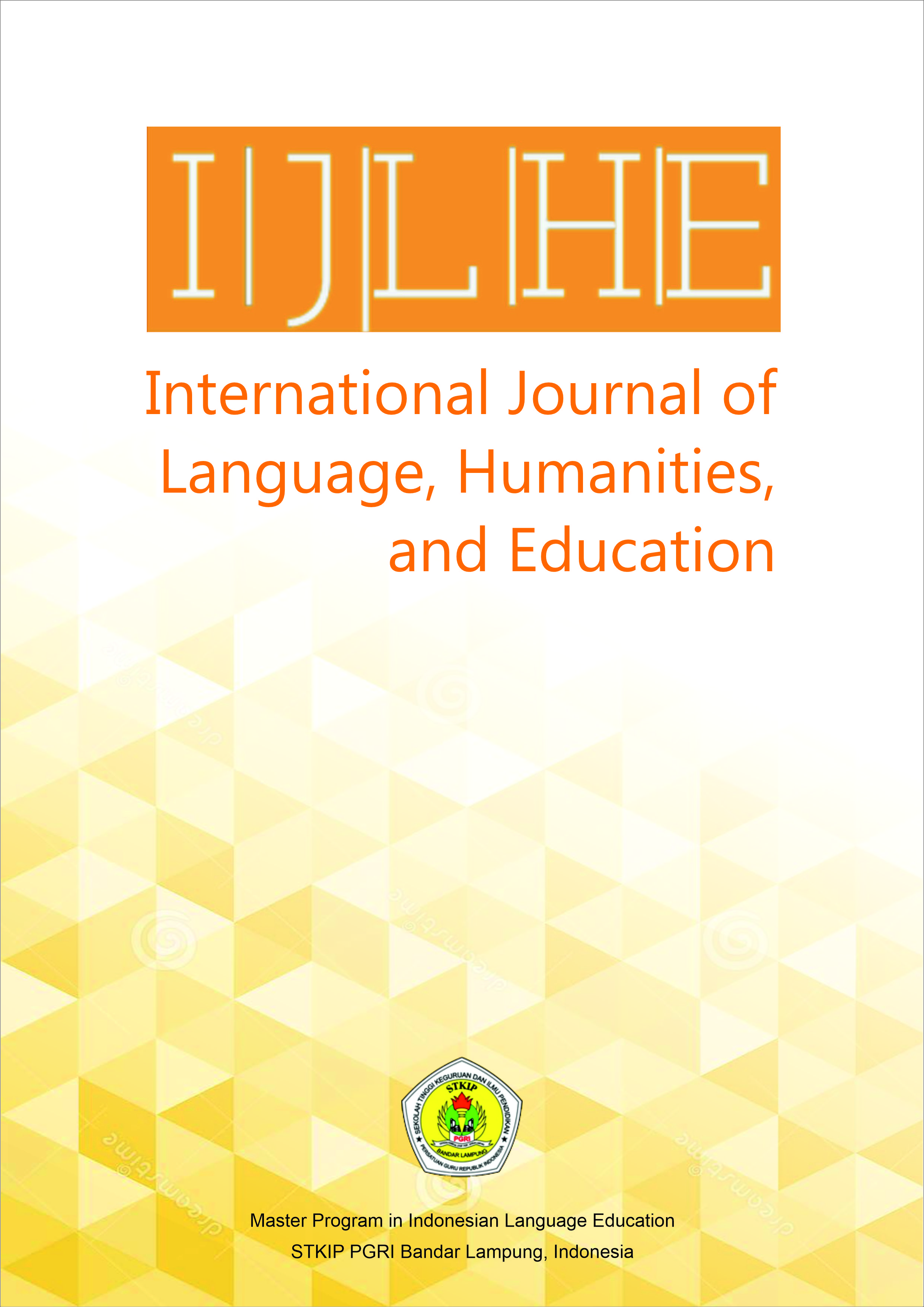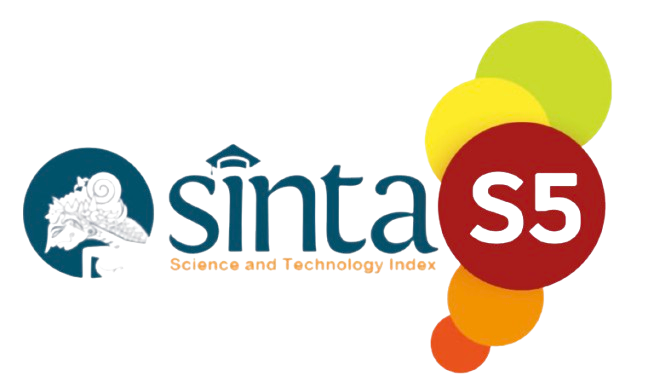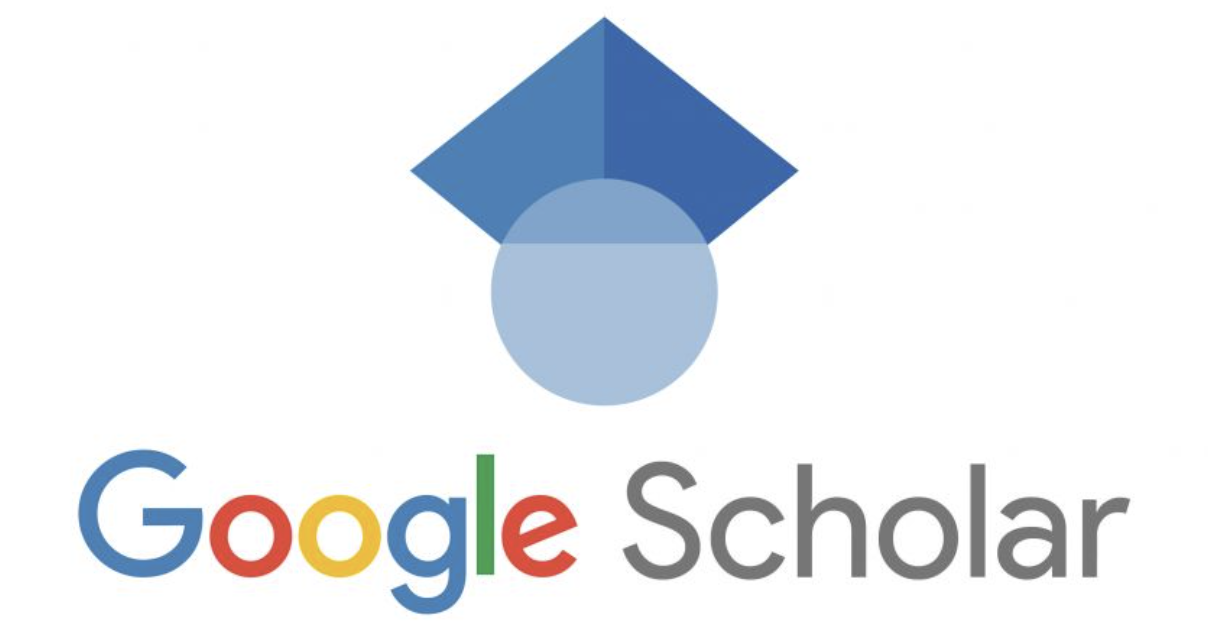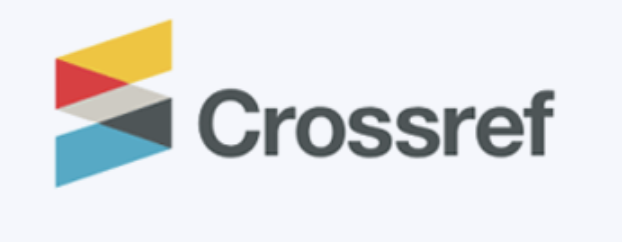Teaching English to Second-Grade Dyslexia-Prone Students: Perspectives of Y-Generation Parents on Foreign Language Learning in Elementary School
DOI:
https://doi.org/10.52217/ijlhe.v8i1.1769Keywords:
Foreign Language, Perspectives, Potentially Dyslexic, Teaching English, Y-Generation ParentsAbstract
The aim of this research is to describe the knowledge from parents of the second-grade elementary school students who potentially dyslexic and to describe how parents support their second-grade elementary school children who potentially dyslexic in learning English. This research was conducted using qualitative methods in the form of a case study. Data collection was carried out using interview and observation. The findings showed that none of the parents had prior knowledge of dyslexia, although they were aware of their children’s difficulties that were attributed to dyslexia. Parents expressed frustration in teaching their children, often yelling or ignoring their children. Two of the Y-Generation parents in the study used YouTube and flashcards to teach, but one parent simply used her knowledge. These results highlight the need for educational programs to increase parents’ awareness of dyslexia and improve their teaching strategies. Strengthening collaboration between parents and educators is essential to fostering inclusive learning environments that enhance the literacy skills of children who are potentially dyslexic.
References
Agustiana, V., Rahmatunisa, W., Darsih, E., & Asikin, N. A. (2022). Penguatan literasi Bahasa Inggris siswa SD melalui storytelling di Desa Kalimanggis Wetan.. KALANDRA Jurnal Pengabdian Kepada Masyarakat, 1(6), 159–164. https://doi.org/10.55266/jurnalkalandra.v1i6.212
Budiani, L., & Putrayasa, I. B. (2023). Kesulitan Membaca Kata Anak Disleksia Usia 7-12 Tahun di Sekolah Dasar. Journal of Education Action Research, 7(3), 376–381. https://doi.org/10.23887/jear.v7i3.66560
Creswell, J. W., & Creswell, J. D. C. (2017). Research design: Qualitative, quantitative, mix methods approaches (1st ed.). SAGE Publications Inc.
Daud, A. (2020). Strategi Guru Mengajar Di Era Milenial. Al-Mutharahah: Jurnal Penelitian Dan Kajian Sosial Keagamaan, 17(1), 29–42. https://doi.org/10.46781/al-mutharahah.v17i1.72
Dwijayanti, H., & Sihombing, R. M. (2022). The Role of Digital Books in Increasing Reading Motivation among Children with Dyslexia. Proceedings of the ICON ARCCADE 2021: The 2nd International Conference on Art, Craft, Culture and Design (ICON-ARCCADE 2021), 625, 509–515. https://doi.org/10.2991/assehr.k.211228.066
Farrell, M. (2006). The Effective Teacher’s Guide to Dyslexia and other Learning Difficulties (Learning Disabilities). The Effective Teacher’s Guide to Dyslexia and Other Learning Difficulties (Learning Disabilities). https://doi.org/10.4324/9780203008058
Fraenkel, J. R., Wallen, N. E., & Hyun, H. H. (2012). How to Design and Evaluate Research in Education. McGraw-Hill.
Filasofa, L. M. K., & Miswati, M. (2021). Perkembangan Kognitif Anak Usia Dini Penyandang Disleksia: Studi Kasus Pada Lembaga Pendidikan Di Indonesia. Journal of Early Childhood and Character Education, 1(1), 53–72. https://doi.org/10.21580/joecce.v1i1.6615
Gading, I. K., Widiana, W., Gusti, I., Perdana, N., Putra, M., Rediani, N. N., & Maulida, I. (2021). Pop up book learning media in inclusive schools. Psychology and Education, 58(1). http://www.psychologyandeducation.net
Gusti, I., Ayu, A., Dewi, K., Suarni, N. K., & Margunayasa, I. G. (2024). Analysis of dominant factors affecting reading delay reviewed from internal and external factors of students. Jurnal Kependidikan, 13(1). https://jurnaldidaktika.org
Hemas, M. D. A., Padmadewi, N. N., & Dewi, P. E. S. (2023). Parent’s Involvement in Children’s English Literacy Skills. The Art of Teaching English as a Foreign Language, 4(2), 60–71. https://doi.org/10.36663/tatefl.v4i2.618
Lestari, I. D. A. M. M., Padmadewi, N. N., & Swastini, A. (2022). Parental Involvement in the English as Foreign Language Class at an Inclusive Primary School in Denpasar. Soshum: Jurnal Sosial Dan Humaniora, 12(2), 184–196. https://doi.org/10.31940/soshum.v12i2.184-196
Made, N., Indah, D., & Dewi, P. (2022). Teaching Strategies Used to Deal with Dyslexic Students’ Learning Difficulties. Jurnal Pendidikan Bahasa Inggris Undiksha, 10(2), 128–137. https://doi.org/10.23887/jpbi.v10i2.4
Mirani, K., & Dewi, K. (2012). Dyslexia and Efl Teaching and Learning : a Case Study in Bali Children Foundation , Singaraja- Disleksia Dan Pembelajaran Efl : Studi Kasus Di Bali. Jurnal Pendidikan Dan Pembelajaran Bahasa Indonesia, 1(1), 1–13.
Muin, J. A., Riyanto, & Wibowo, S. B. (2020). Teacher competencies for dyslexia students. Universal Journal of Educational Research, 8(3), 904–908. https://doi.org/10.13189/ujer.2020.080322
Padmadewi, N. N., Artini, L. P., & Sukadana, I. M. S. A. (2024). Teaching An Inclusive Education in EFL Setting: A Phenomenological Study. The Art of Teaching English as a Foreign Language (TATEFL), 5(2), 186–195. https://doi.org/10.36663/tatefl.v5i2.905
Padmadewi, N. N., Sukadana, I. M. S. A., Artini, L. P., Ana, I. K. T. A., Lesmana, K. Y. P., & Susiani, K. (2024). Inclusive Education: Survey on Teachers’ Perception of Its Implementation. Indonesian Journal of Instruction, 5(3), 315–330. https://doi.org/10.23887/iji.v5i3.81932
Schmajuk, N. (2008). Classical conditioning. Scholarpedia, 3(3), 2316. https://doi.org/10.4249/scholarpedia.2316
Stevani, M., & Karisma Erikson Tarigan. (2022). Need Analysis of Dyslexia Students in English Reading Comprehension Instructions. JEELS (Journal of English Education and Linguistics Studies), 9(2), 327–352. https://doi.org/10.30762/jeels.v9i2.520
Wahjusaputri, S., Zulviana, D., Apriliana, L. P., Handayani, E., & Hakim, A. R. (2023). Metode Phonics Menggunakan Aplikasi Oxford Phonics World dalam Pembelajaran Bahasa Inggris bagi Siswa. Murhum : Jurnal Pendidikan Anak Usia Dini, 4(2), 1–15. https://doi.org/10.37985/murhum.v4i2.266
Yuniari, N. M. (2024). Learning Disability (Dysgraphia): A Case Study on a Second Grade Student at Elementary School. Jurnal Pendidikan Bahasa Inggris Undiksha, 11(2), 159–166. https://doi.org/10.23887/jpbi.v11i2.72837
Zayyadi, A., Ridwan, Hidayat, A., Ubaidillah, & Masuwd, M. A. (2023). Understanding of Legal Reform on Sociology of Islamic Law: Its Relevance to Islamic Family Law in Indonesia. Al-Manahij: Jurnal Kajian Hukum Islam, 17(2), 249–262. https://doi.org/10.24090/mnh.v17i2.7584














